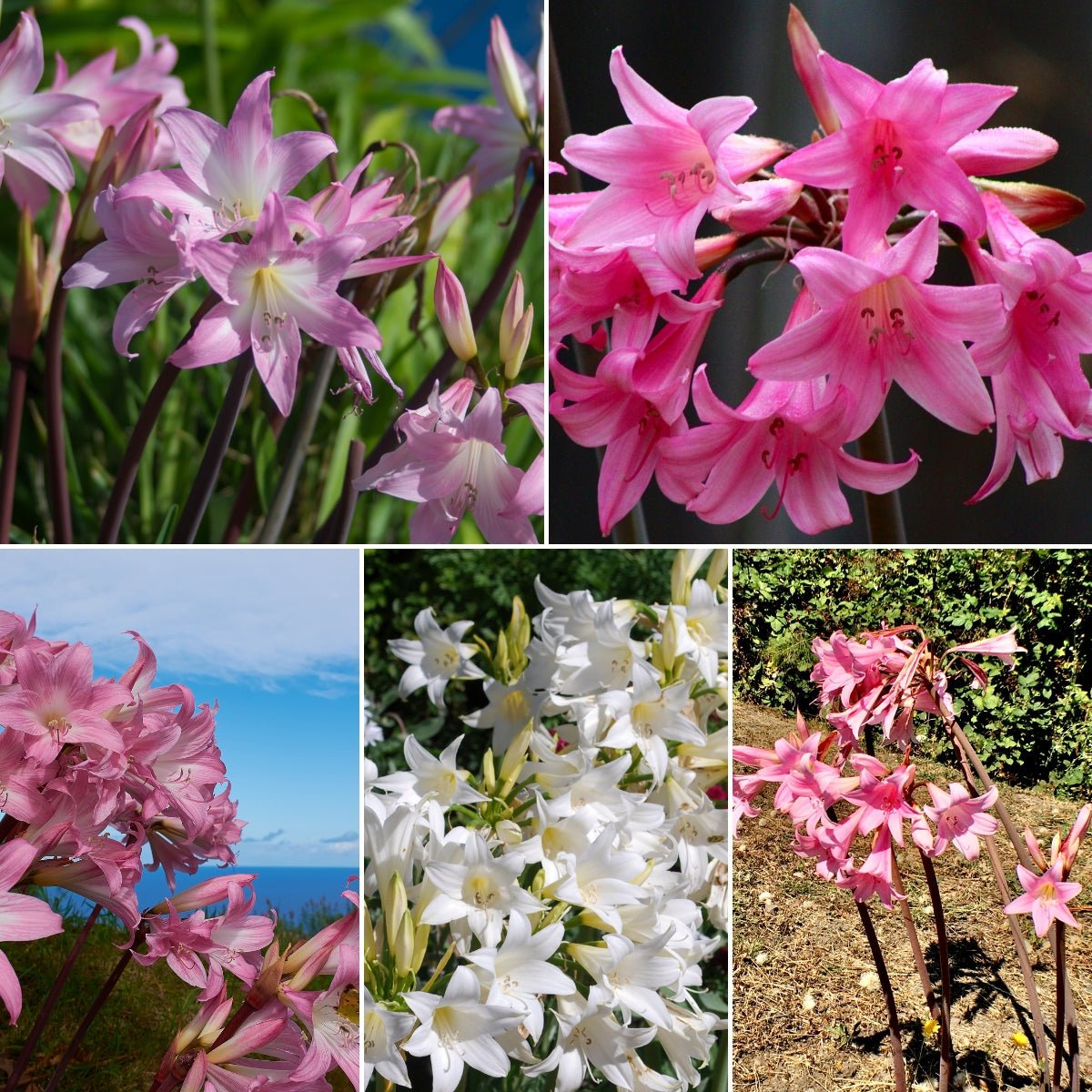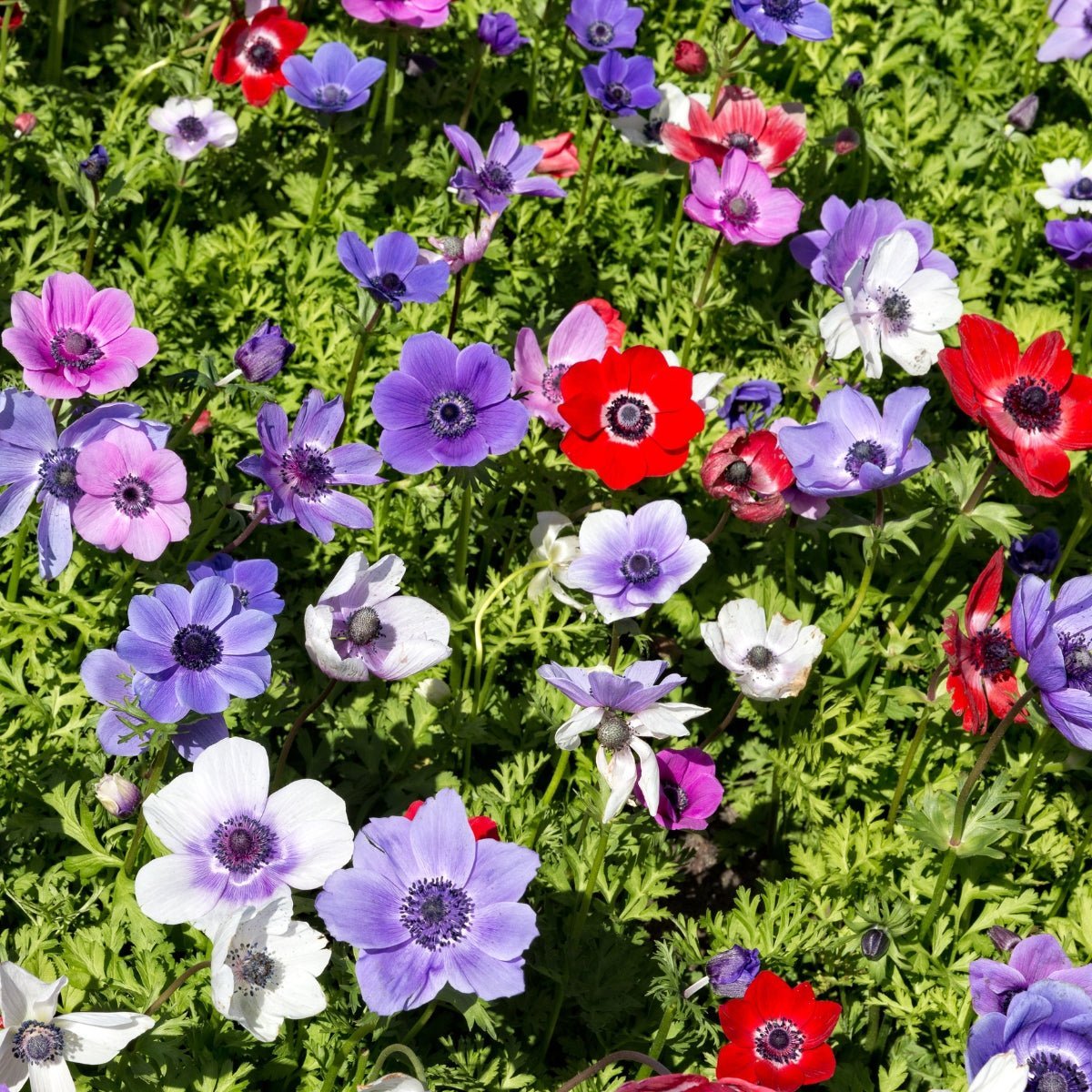Dahlias are beloved for their vibrant colours, lush blooms, and ability to bring a unique charm to any garden. However, successful dahlia growing requires understanding the specific conditions that help them thrive. This guide covers everything you need to know, from choosing the right dahlia varieties and ideal planting conditions to daily care, staking, and troubleshooting. We’ll also include specific advice on where to plant dahlias, especially if you’re dealing with a water-logged area.
Choosing the Right Dahlia Varieties for Australian Gardens
Types of Dahlias
Dahlias come in a variety of types, each offering unique petal structures and shapes that bring beauty and diversity to a garden:
- Decorative Dahlias: Known for large, full blooms, these are perfect as focal points.
- Cactus Dahlias: With spiky petals, these dahlias add texture and height.
- Pompon Dahlias: Compact, ball-shaped, and tightly arranged, they work well in borders or smaller spaces.
- Ball Dahlias: Similar to pompons but larger and great for mixed beds.
Best Varieties for Australian Climates
Some dahlias are more heat-resistant, while others prefer milder climates. In warmer areas like Queensland, select heat-tolerant types like cactus or pompon varieties. Cooler regions like Tasmania can handle almost any type, though frost protection may be necessary.
Colour and Size Considerations
Dahlias come in colours ranging from deep reds and purples to soft pastels and bright whites, making it easy to match any garden design. Tall varieties are ideal for background planting, while smaller dahlias look beautiful as border or container plants.
Ideal Climate Conditions for Dahlias in Australia
Australian Climate Zones for Dahlias
Dahlias thrive best in Australia’s temperate zones, where winters are mild and summers are warm. They grow well in New South Wales, Victoria, and parts of South Australia but can also succeed in subtropical and tropical zones with the right care.
Adjusting for High Temperatures and Humidity
In hotter climates, especially in Queensland and Northern Territory, dahlia care involves extra watering and partial shading to prevent heat stress. Mulching around the base also helps retain moisture while keeping soil temperatures stable.
Planting Times Across Regions
In southern states, dahlias are typically planted in late winter to early spring, while warmer areas may start as early as autumn. Blooming usually occurs from mid-summer to autumn. In colder regions, wait until all frost danger has passed to avoid damage to young plants.
Preparing the Soil for Dahlias
Soil Types and Drainage Needs
Dahlias need well-drained, fertile soil. Heavy or clay soils should be amended with compost, sand, or perlite to enhance drainage. Aim for a loamy soil with good organic content that retains moisture but drains well.
Testing and Adjusting Soil pH
Dahlias grow best in slightly acidic to neutral soil (pH 6.0-7.0). Testing kits are widely available at garden centres, and amendments like garden lime or sulphur can adjust pH if needed.
Fertilising the Soil for Optimal Growth
Before planting, enrich the soil with compost or a balanced organic fertiliser. A well-prepared soil bed promotes healthy root growth and strong blooms.
Planting Dahlias Successfully
Where to Plant Dahlias: Answering the Water-Logged Area Question
Water-logged soil is unsuitable for dahlias, as it can cause tuber rot and hinder healthy growth. Here’s what to do if the chosen area is prone to waterlogging:
- Avoid Water-Logged Areas: Plant your dahlia in an area with well-drained soil. Raised beds or containers can be a good alternative if your garden’s natural soil stays too wet. In a garden bed, consider mounding the soil slightly before planting, which helps improve drainage around the tuber.
- Choose a Sunny Spot: Dahlias thrive with at least six hours of sunlight daily. Choose an area where the soil can dry out between watering.
- Consider Staking: Medium to tall dahlia varieties benefit from staking. Place a stake next to the tuber at planting time to provide support as it grows. Secure the stem to the stake loosely as it reaches about 30 cm tall to prevent wind damage and promote straight growth.
Planting Dahlia Tubers or Seeds
When planting tubers, dig a hole about 10 cm deep and place the tuber horizontally, with the eye (sprout) facing upward. Cover it with soil, water lightly, and wait until shoots appear to water more deeply.
Spacing and Depth Recommendations
Dahlias need space to grow, so plant tubers about 30-45 cm apart to allow for full, bushy plants. Place the tuber around 10 cm deep, adjusting slightly depending on the soil’s drainage qualities.
Watering and Fertilising Dahlias
Establishing a Watering Routine
Dahlias need consistent moisture but not too much water. Water deeply about once a week, adjusting based on rainfall and climate. Avoid watering the foliage to prevent fungal issues, and use mulch to retain soil moisture and control weeds.
Best Fertilisers for Dahlias
Dahlias benefit from a balanced fertiliser with a moderate nitrogen content (e.g., 10-10-10 N-P-K ratio) to promote strong blooms and foliage. Fertilise once a month during the growing season, but avoid high-nitrogen fertilisers, as they can lead to lush foliage at the expense of flowers.
Timing Fertiliser Application
Apply a balanced fertiliser when the dahlia first sprouts, then continue monthly until mid-summer. As blooms appear, switch to a lower-nitrogen fertiliser to support flower development.
Staking and Pruning Dahlias for Better Blooms
Staking Requirements for Taller Varieties
Most dahlias, especially medium and tall types, benefit from staking. Insert stakes at planting to avoid damaging tubers later. As the plant grows, tie the stem to the stake every 30 cm to keep it upright and protected from wind.
Importance of Pruning and Deadheading
Regularly prune and deadhead dahlias to encourage continuous blooming. Pinch off spent flowers and weak shoots to direct energy into stronger stems. For larger blooms, disbud (remove) side buds from the main stem, allowing one flower to develop fully.
Maximising Bloom Size
To achieve large blooms, particularly on decorative dahlias, remove side shoots and buds early in the growing season. This process focuses the plant’s energy on fewer, but larger, flowers.
Seasonal Care and Storage
Autumn Care and Preparing for Winter Dormancy
In late autumn, as dahlias begin to die back, you can either cut the plant down to ground level and cover it with mulch (in mild climates) or dig up the tubers for storage if frost is common.
Storing Tubers in Winter
If you’re in a colder region, dig up tubers after the first frost. Clean them, let them dry, and store them in a cool, dry place, such as a garage, until spring planting time.





